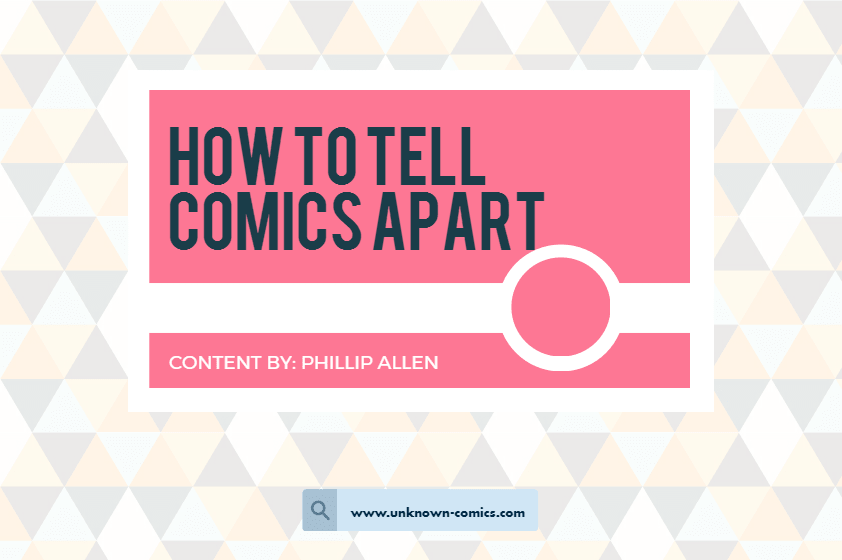How to Tell Comics Apart
Many people enjoy comics. You, my lovely reader, could be someone who enjoys reading them. Maybe even making them. Nowadays, a lot of people don’t know how to tell comics apart. This article clarifies the distinctive differences between the three most popular comic mediums; comic books, graphic novels, and manga.
(Sources Notice: Please keep in mind that Unknown Comics will at times use third party source material. Be sure to check the bottom of the article for the Sources button.)
To be clear this article will cover the reading methods, typical lengths, general physical makeup (paper and cover materials), public opinions, and any other cool stuff that I came across.
Comic Books
When I refer to comic books my aim is to define the Western comic book (not Manga, that’s for later). Some iconic examples would be The Amazing Spider-Man (Amazing Fantasy, Marvel) or Superman (Action Comics, DC).
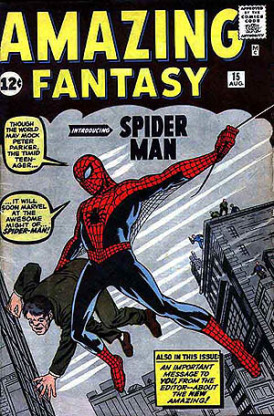
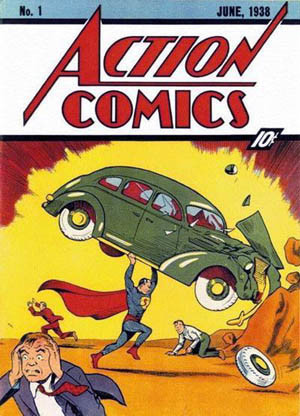
Length
Comic books are typically short serialized stories. This means the story is told over a number of sequential issues. They tend to be 22-32 pages long, illustrated and commonly accompanied by a narrative in the form of word balloons and text boxes.
Reading Method
The pages are normally separated with panels. The book is read from the left cover to the right. The panels are read from left to right and then down to the next row. That is unless the artist wants to make it really tough for you and make you work for your story (I’ll write an article on reading flow later).
Comic’s Success
The tales of the main character(s) can be told over a single, handful, dozen, or even hundreds of issues! In some cases, some stories have been going since the late 30’s. The length of a comic book series can be directly correlated to the comic book’s success.
Public Opinions
To this day, there has been a stigma towards comic books. They have been referred to as a low level of art or storytelling, childish, a guilty pleasure, or immature. After recent cinematic exposure, some of this stigma has alleviated. To this day comics are still depicted in the same or similar light as they always have. Although, what form of media in the past hasn’t gotten this type of treatment?
Physical Makeup
A single comic book issue is comparable to a flimsy magazine. Cheap cover and pages make this medium typically quite cheap and easy to damage. Modern and more durable materials are slowly taking their place.
Although, due to their frequent publication and characteristically short page length this makes it a bad investment for publishers unless they have the sales records to guarantee a return.
Distinct Characteristics: The Trade Paperback
Sometimes publishers combine a number of issues that tell a particular chapter of a comic book series and bundle them up into what is known as a trade paperback. They are usually bound in a more durable paper and cover; making it more expensive.
The terms trade paperback and graphic novel have been used interchangeably. For the sake of this article, and with what my research has turned up, I’m not going to do that. I’ll explain later why.
Some find this to be an incredible waste of time and money. Some like to collect them. Some even prefer to purchase trade paperbacks over the individual issues because they get to read an entire chapter of a character’s story without having to remember details of individual issues that would have been released a month or longer apart. In the end, it offers a complete story. Remember we live in the age of the binge watchers, you have to expect there to be binge readers.
Graphic Novels
Graphic novels have been had a more popular history compared to comics books.
Graphic novels are commonly a single bound book and share similar characteristics to trade paperbacks.
This medium was born out of the need or desire to tell longer stories that wouldn’t fit in the traditional sized Western comic book. The stories told in graphic novels are told from beginning to end.
Some memorable titles belong to Allan Moore’s Watchmen and V for Vendetta, both of which are personal favorites.
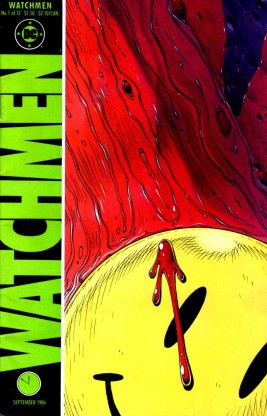
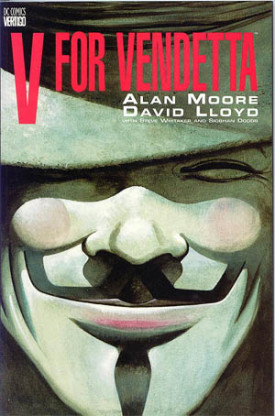
Length
Generally, there are no graphic novel series, but it isn’t unheard of. The length of the comic range from 40 to 80, to hundreds of pages long.
Reading Method
They are read in the same way as traditional comic books. Sorry, nothing very different here.
Like the article so far? Support the production of more articles like this one!
Comic’s Success
A graphic novel’s success can’t be determined the same way as a comic book. There isn’t a periodic release that you can track.
What there is though is popularity and sales numbers. Like V for Vendetta, I can still get that graphic novel from the regular bookstore and it isn’t going anywhere.
Public Opinions
Graphic novels have been advertised in the past as being a medium from which one could find mature, gritty, violent, as well as deep philosophical stories. The result, the medium primarily targets adult readers. However, this does not mean that they can’t be enjoyed by younger ones.
Physical Makeup
As I mentioned earlier, graphic novels and trade paperbacks share a similarity or two. Besides the length of both being similar graphic novels are usually published using more durable paper and covers. All of which adds value to the comic.
Distinct Characteristics: It’s Content
When reading a graphic novel you get a feeling that resembles reading a regular book. Its story is in depth and it delves deep into specific topics. More so than comic books normally would.
They are generally accepted as a more welcoming medium to a larger variety of genres than comic books. You know, not just about superheroes but romance, horror, philosophy and more.
This is not to say that you won’t find different genres in comic books but they wouldn’t be expected.
Manga
Manga sure resulted in some interesting research. While western cultures developed their own comic mediums Japan had something else cooking. Developed almost independently from Western styles, manga has distinctive characteristics making for a fascinating and distinctive comic medium.
Iconic titles that I personally enjoy are Sword Art Online and Death Note.

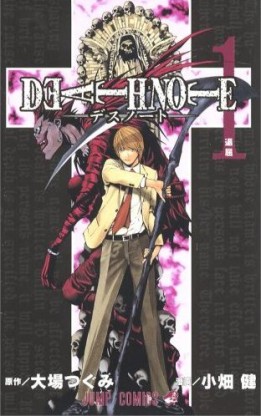
Length
Manga has often been compared to graphic novels. And like graphic novels they’re thicker volumes and they tell a story from start to finish. A big difference between the usual graphic novel and manga is their tendency to be serialized.
Reading Method
Manga is read differently than western comics. They are read from the right cover to the left. The panels are read from the right to the left and then down the next row.
Comic’s Success & Public Opinions
Manga is read, often collected, and enjoyed by both children and adults. There has been a boom of acceptance of this comic medium in the West in the last couple of decades.
Physical Makeup
The cover is typically glossy and durable while the paper used for the pages is comparable to single comic book issues as they’re more delicate.
Distinct Characteristics: Its Content (Again)
Manga is very different in how it presents itself visually. It uses distinctive illustrative and literary techniques to tell stories, interpret emotion and movement within and between panels that vary greatly from their Western counterparts (see Types of Panel-to-Panel Transitioning and Transitioning Traditions In Western & Eastern Comics).
End Note
In this day and age, comic are enjoyed by readers of all ages. My research has shown that some of the reasons why that is are:
Nostalgia: People like re-living their childhood by reading comics. That or their parent’s got them into it.
Modernization: Believe it or not, comics have taken a more modern and mature turn over the decades. In my opinion, it’s for the better. They are covering more complex topics and utilizing better story telling techniques and art. Even the mediums by which we read comics have evolved from flimsy paper to the web.
Stories keep on going: Look at the examples mentioned before. Superman is one of DC’s most profitable and iconic characters and his story is still told in new issues every month! And his story has been told since the 30’s.
They are still cool: I added this because let’s face it, comics are still an amazing way of telling stories. If the comic is written well and there is a perfect harmony between the writing and the art you can’t deny its appeal.
At the end of the day, comics will always be a fantastic, challenging, and at times a mysterious medium by which one can tell a story in an eye-catching way that can be attractive to both young and old.
I hope you enjoyed the first article ever written on Unknown Comics. It has been an honor and pleasure. I hope to continue producing clear and informative content that can be enjoyed by any and all.
Sign Up For
The Unknown Times!
Content Updates
Website News
Recommended Reading
And More to Come!
*Once every two weeks!*
Liked the article? Become part of my Patreon Community!
About The Author

Phillip Allen
Writer, Editor, and Founder of Unknown Comics
Hello there! My name is Phillip Allen and I'm the writer, editor, and founder of Unknown Comics. I am an aspiring comic book creator. In an attempt to learn how to create my own comic I came to learn just how few reliable resources existed out there. From a few books and unhelpful websites I decided to focus my attention on researching and writing a resource for both myself and the rest of the comic creating industry. This website and and its content is the result of all of that hard work.

